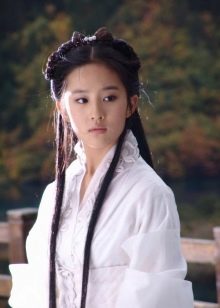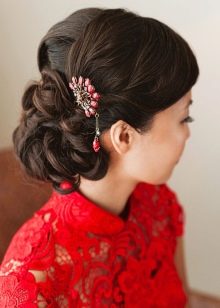Japanese clothing style
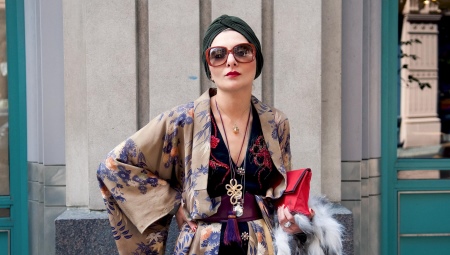
The Japanese style of clothing has long been in vogue in Europe and the CIS. It is not surprising, because it combines brevity, simplicity and, at the same time, greatness and grace.
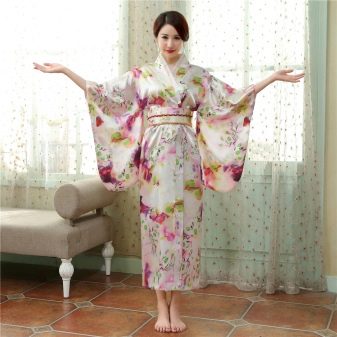
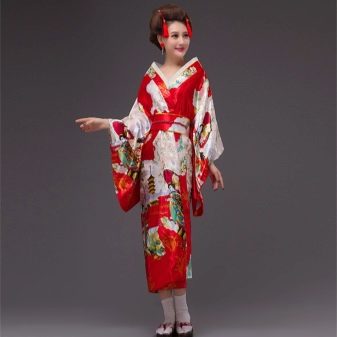
Style history
In ancient times, the mountainous territory of modern Japan was inhabited by barbarian peoples, whose culture, traditions and mentality were formed on the basis of the influence of Chinese culture. Their national dress resembled a long, spacious robe, which became the impetus for the appearance of the kimono.
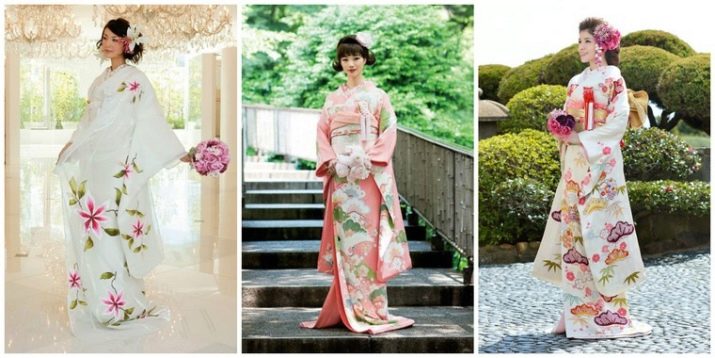
Over time, the appearance of the kimono has undergone certain transformations. The length and width of the sleeves, the length of the suit itself, the fabric, the fashion for colors and ornaments varied. The traditional look, in which the kimono has survived to this day, was finally formed at the beginning of the twentieth century. It was then that the integration of Western culture into the culture of Japan intensified, which could not but affect the formation of freer social norms and fashion trends. Women were given the opportunity to wear comfortable clothes that they would be satisfied with.

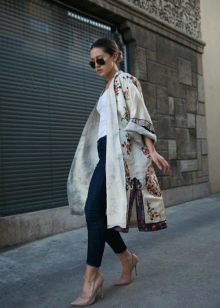
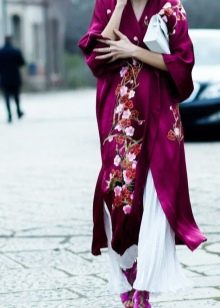
In the modern sense, everyday traditional Japanese women's clothing is a loose blouse or dress with a V-neck and a wide belt or ribbon.

Traditional Japanese attire - kimono, previously translated from Japanese, meant clothing in general, however, for a person of Western culture, especially today, it evokes associations with the national costume of the Land of the Rising Sun.

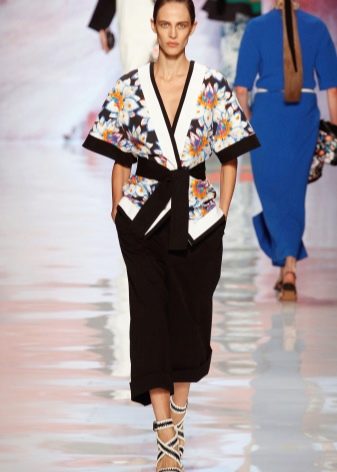
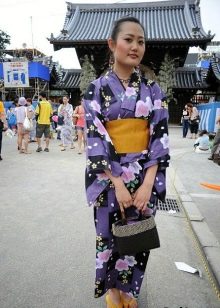


Peculiarities
The introduction of the Japanese style into the European made it possible to create a lot of new beautiful images in both women's and men's fashion.
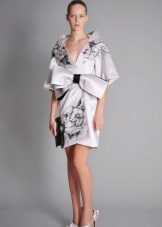
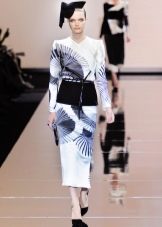
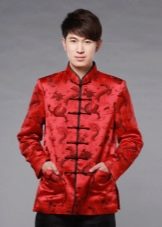
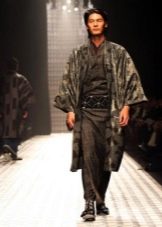
One of its main characteristics is the simplicity of the lines and the straight cut of the garment. The formation of the Japanese national style was determined by the influence of multiple factors, such as the cultural characteristics of the country, the aesthetic perception of the world, and historical events. Over the centuries, the fashion for colors, the layers of the suit, the fashion for silhouettes have changed, but the principle of the cut remained the same.
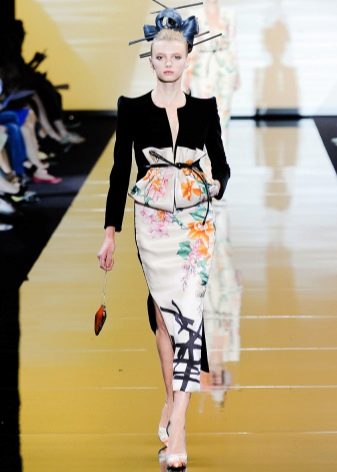

The love for straight silhouettes is driven by the traditional norms of creating a straight and clear silhouette that allows you to even out the curves of the body. With this, the Japanese seem to emphasize the peculiarities of their national mentality: simplicity and clarity in everything are important to them.
In addition, Japanese fashion looks are layered. This is expressed either in wearing a kimono or dress in the style of a kimono and a belt over it, or in an unusual and complex cut of clothing, which creates the illusion of this very layering.


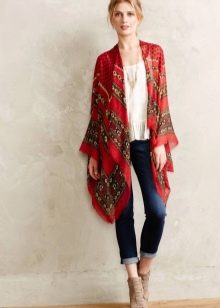
Japanese-style clothing allows for the addition of roundness with fitted cuts, belts, garment folds and quirkyly sewn collars.
Since we are not talking about the traditional national costume of Japan, but about the Japanese style in general, we can say that it has already gone through certain transformations and adjusted to the fashion preferences of other countries.
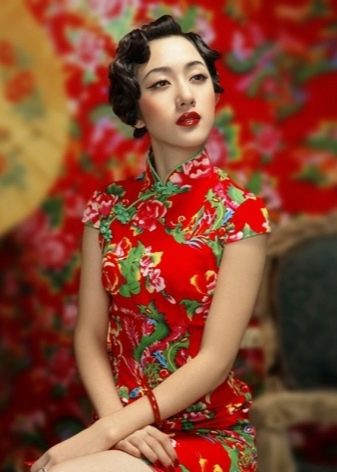

In order to create a fashionable image in the Japanese style, it is not necessary to put on a heavy real kimono, the weight of which often reached 10-15 kg. It is enough to study the main features of this style and correctly combine them with the European styles that are familiar to us.
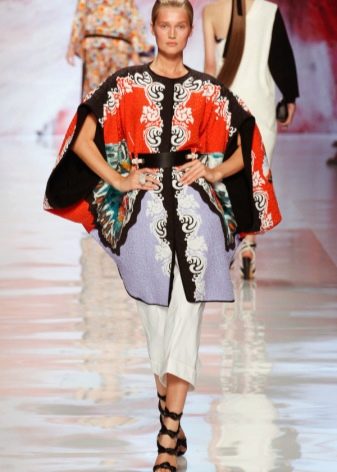
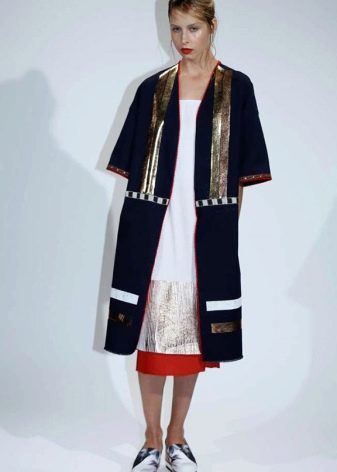
The Japanese style of clothing includes clothes of wide and straight styles. For example, a loose-fitting skirt-trousers, a loose blouse, a straight long or medium-length dress. It is assumed that predominantly natural fabrics are used for sewing clothes - silk, linen or cotton. Nowadays, satin weaving is often added to clothes.
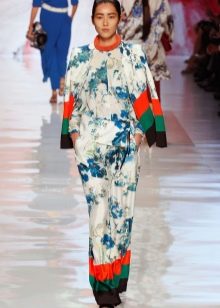

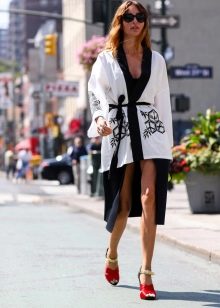
Previously, the decoration of clothes was done exclusively by hand. Nowadays, this task is fully coped with with the help of modern technologies. The main elements of the decor are floral prints, flowers, images of nature.

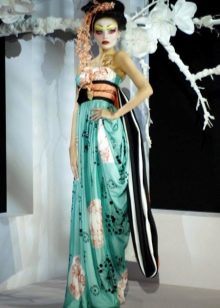
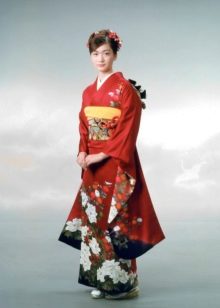
Often, outfits are complemented with an obi belt, or its modern counterpart, which is tied at the back or under the chest in the form of a bow. By the way, chaste women in Japan tied this belt, I leave the bow on the back.
It is allowed to combine loose, flying and fitted silhouettes in order to emphasize the merits of your figure, and not hide your thin waist.
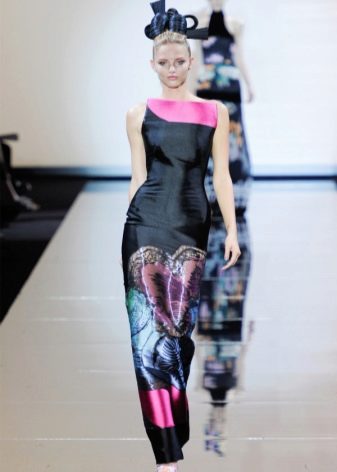
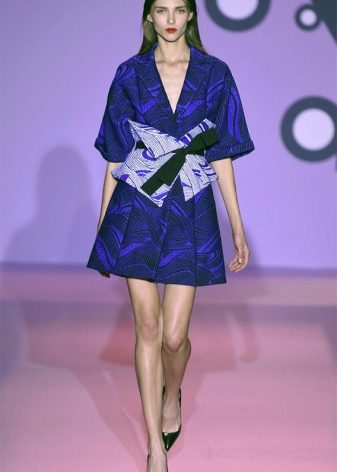
Body art, piercings, tattoos are considered unacceptable in the Japanese style, since the main feature of the Japanese image, in particular of the female, is precisely modesty, self-esteem and naturalness.
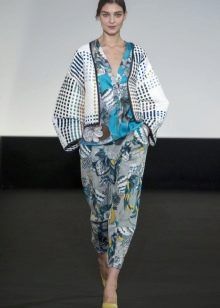


The main thing in creating your fashionable image in the Japanese style is harmony.
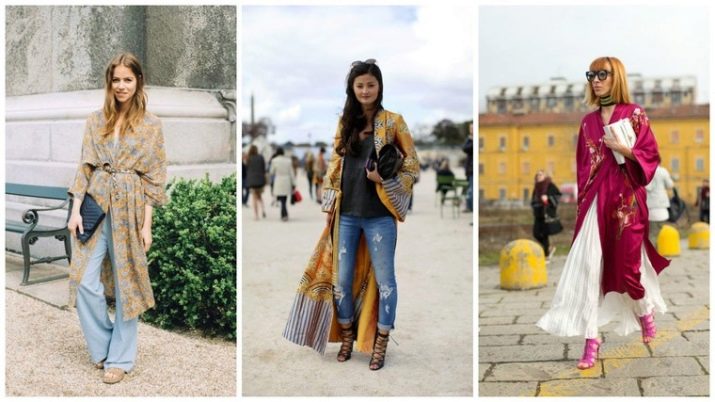
Colors
The Japanese attach particular importance to feelings and emotional state, choosing a specific color for each of them. For this reason, unlike the European approach, it is important for them exactly what symbol is hidden behind a certain color, and not its brightness or saturation, visual color compatibility. To the extent that shades of the same color in Japanese culture can have different meanings.
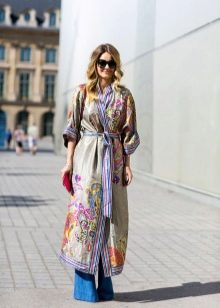
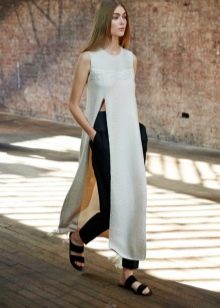
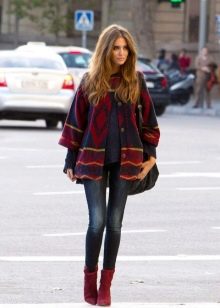
Today the traditional colors for Japanese clothing are: black, white, pink, red, orange, pink, dark blue or indigo, partly green.


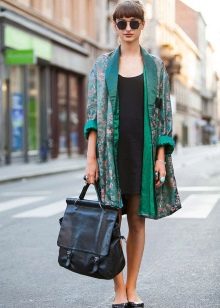
Accessories
A traditional addition to modern Japanese-style clothing is flat shoes or, as influenced by Western fashion, platform shoes.
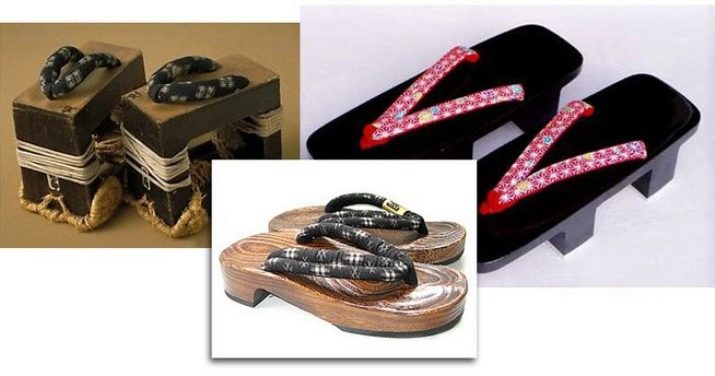
In Japan, it was customary to wear sandals made of leather or wood, and geta, which were characterized by a high, flat platform, were also popular.
They put on tabi - socks in which the thumb was separate, for the convenience of wearing sandals. Of course, the socks had to be clean. They quickly got dirty in open shoes.
Now, ballet flats or flat clogs, which outwardly resemble traditional geta, are perfect for a Japanese-style look.

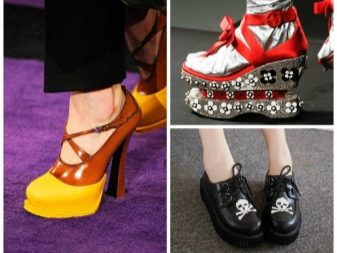
When tall hairstyles came into fashion in Japan, girls began to decorate them with decorative combs and hairpins with butterflies and flowers.
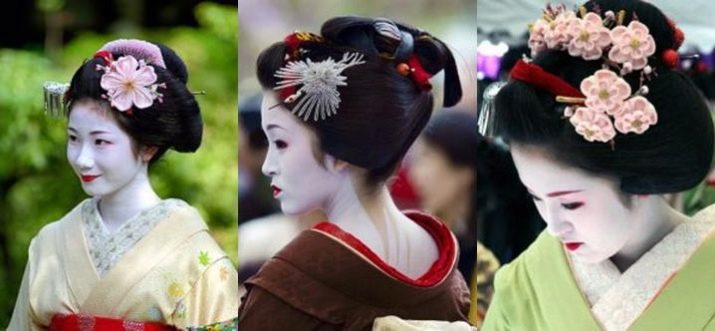
This is permissible even now, provided that such decorations fit into both the image and the surrounding environment. For example, you should not wear a comb lavishly decorated with sakura flowers to a formal event, or many stilettos with butterflies if your dress is laconic and restrained.
